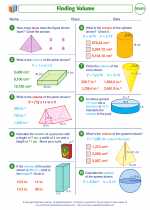Common Denominator
A common denominator is a multiple of two or more denominators. When adding or subtracting fractions with different denominators, it is necessary to find a common denominator in order to perform the operation. Here's how to find a common denominator and use it to add or subtract fractions.
Finding the Common Denominator:
To find the common denominator of two or more fractions, follow these steps:
- Determine the denominators of the fractions involved.
- List the multiples of each denominator until you find a number that appears in the lists of multiples for all the denominators. This number is the common denominator.
- If needed, you can also use the least common multiple (LCM) of the denominators as the common denominator.
For example, let's find the common denominator for the fractions 1/3 and 2/5:
Denominators: 3, 5
Multiples of 3: 3, 6, 9, 12, 15...
Multiples of 5: 5, 10, 15, 20...
Common denominator: 15
Using the Common Denominator to Add or Subtract Fractions:
Once you have found the common denominator, you can use it to add or subtract fractions. Here's how to do it:
- Express each fraction with the common denominator.
- Add or subtract the numerators of the fractions while keeping the common denominator the same.
- Simplify the resulting fraction, if necessary.
Continuing with the previous example, let's add 1/3 and 2/5 using the common denominator 15:
1/3 = 5/15 (multiplied numerator and denominator by 5)
2/5 = 6/15 (multiplied numerator and denominator by 3)
5/15 + 6/15 = 11/15
So, 1/3 + 2/5 = 11/15
Study Guide:
Here are some key points to remember about common denominators:
- Common denominator is a multiple of two or more denominators.
- It is used when adding or subtracting fractions with different denominators.
- To find the common denominator, list the multiples of each denominator and find the smallest number that appears in all lists of multiples.
- After finding the common denominator, express each fraction with the common denominator and perform the addition or subtraction of the numerators while keeping the common denominator the same.
- Finally, simplify the resulting fraction, if necessary.
Practice finding common denominators and using them to add or subtract fractions to strengthen your understanding of this concept.
That's a comprehensive overview of the topic "common denominator." If you have any more questions or need further clarification, feel free to ask!
.◂Math Worksheets and Study Guides Seventh Grade. Finding Volume
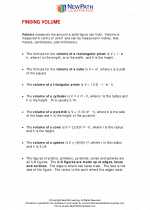
 Activity Lesson
Activity Lesson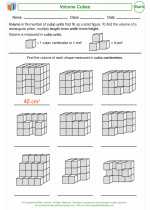
 Activity Lesson
Activity Lesson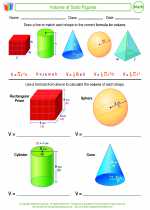
 Activity Lesson
Activity Lesson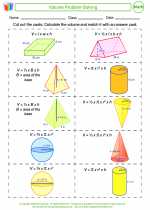
 Worksheet/Answer key
Worksheet/Answer key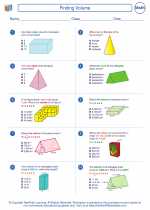
 Worksheet/Answer key
Worksheet/Answer key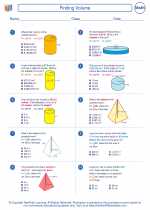
 Worksheet/Answer key
Worksheet/Answer key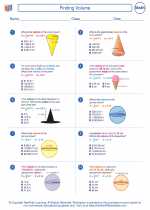
 Worksheet/Answer key
Worksheet/Answer key